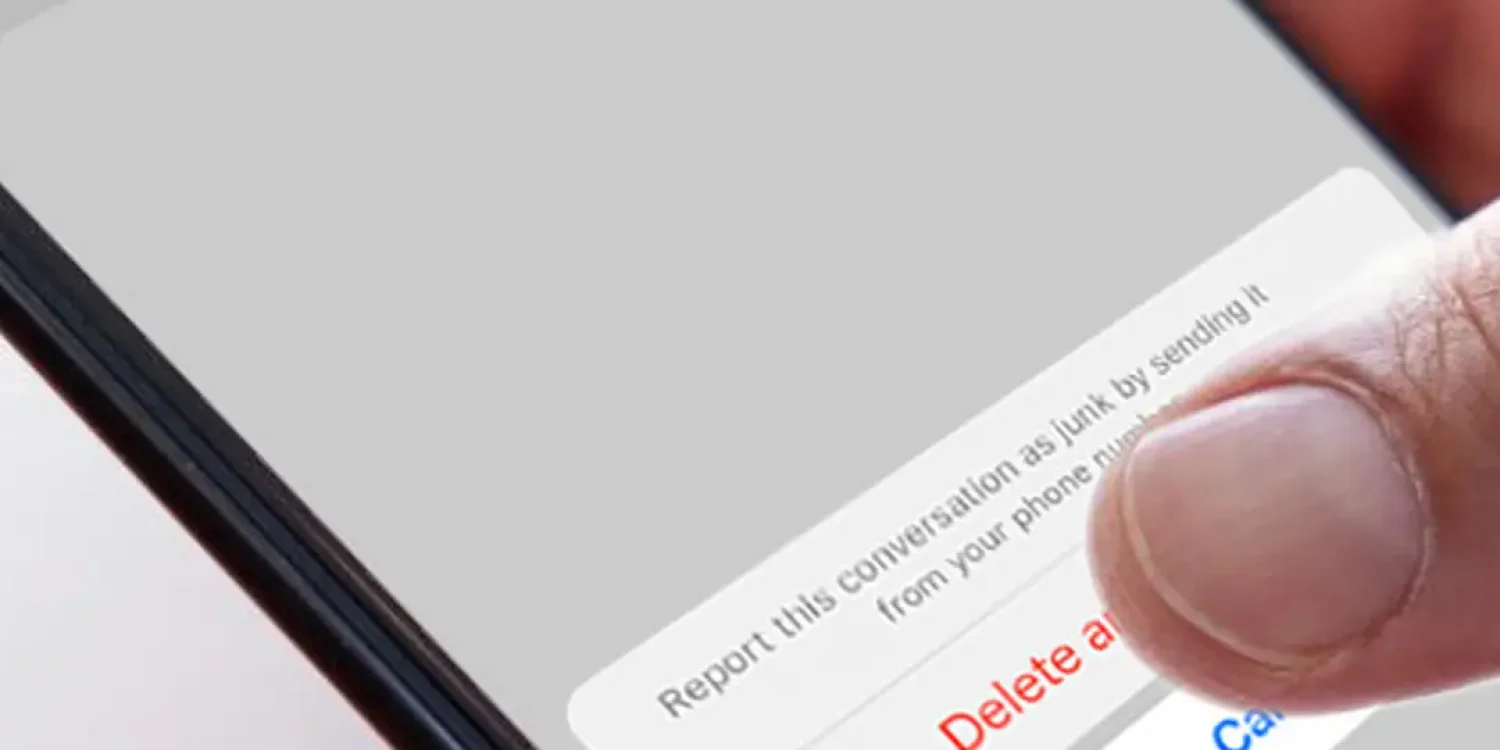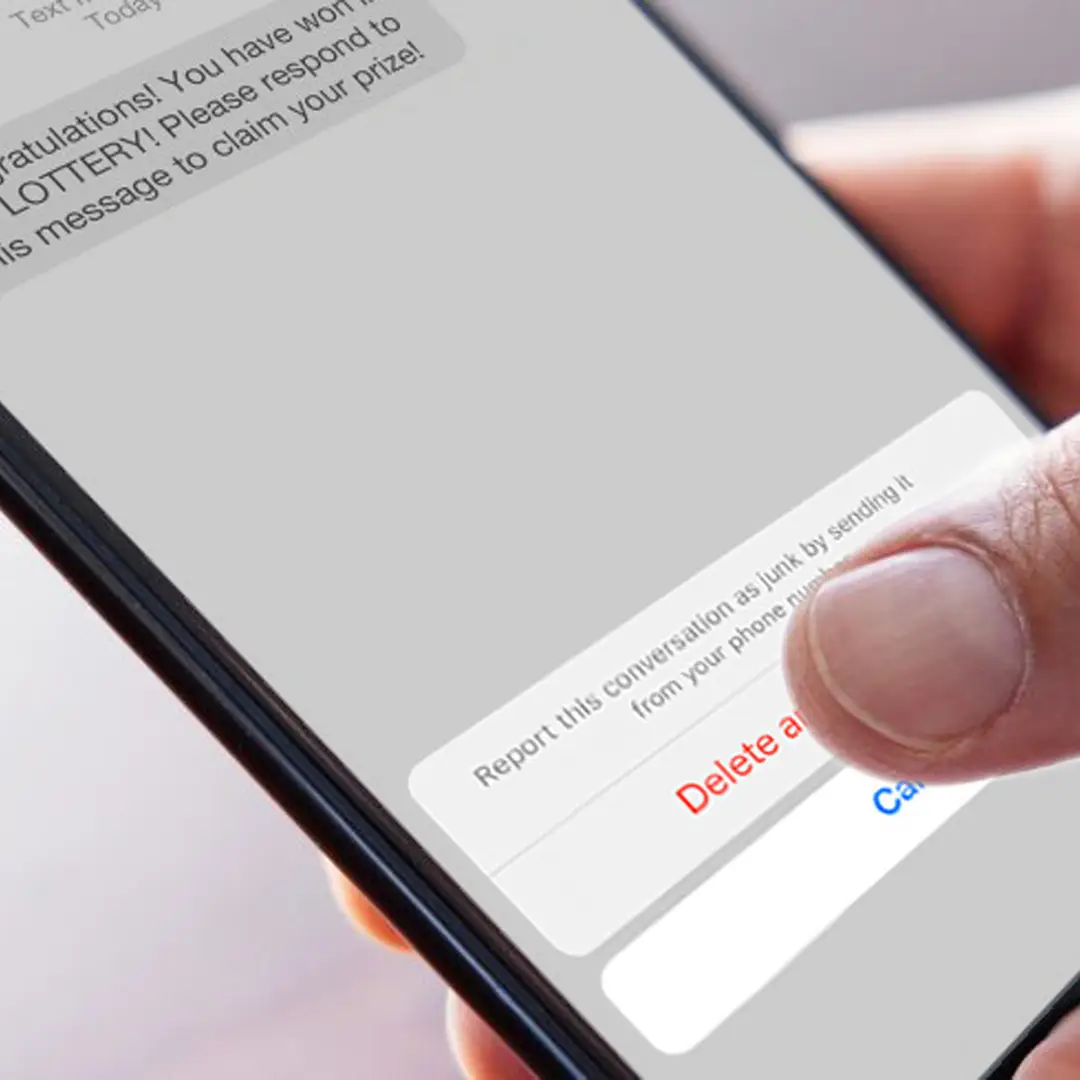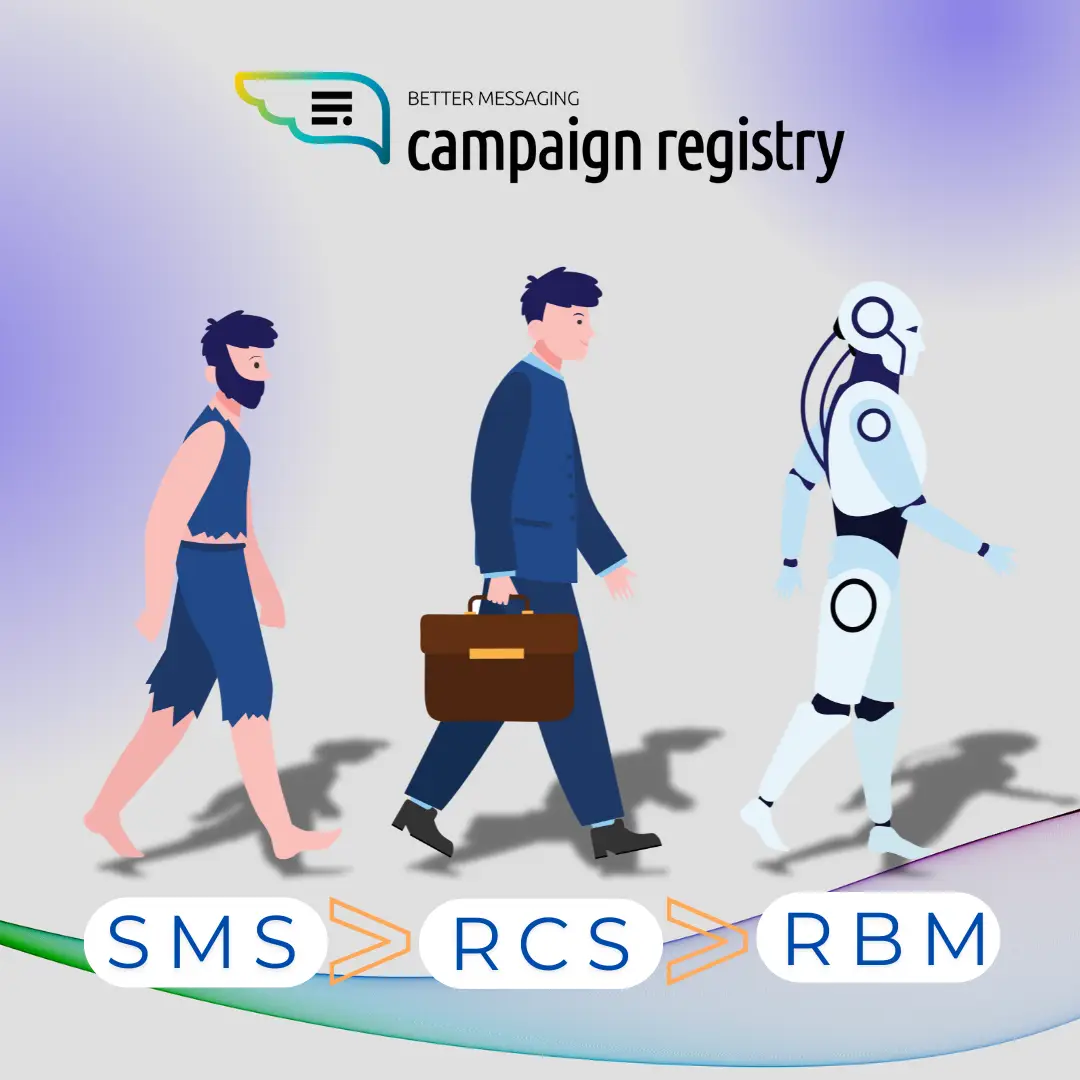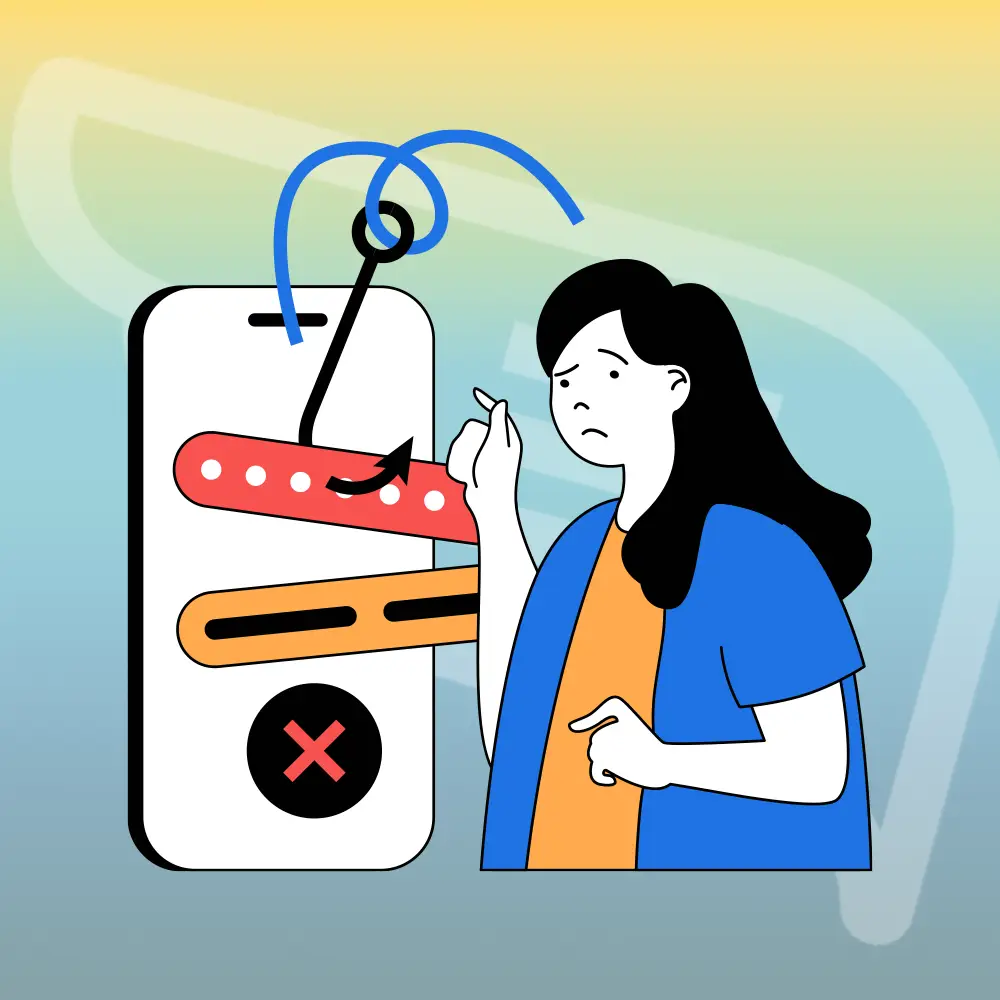Spam text messages are a nuisance that most of us have experienced — unsolicited messages from unknown senders, often promoting services, products, or scams. But did you know that when you report a spam text, it triggers a series of actions aimed at reducing these unwanted messages for you and others? Let’s take a look at what happens when you report a spam text message on your phone.
1. Carrier Action: How Your Mobile Provider Responds
When you report a spam text message, it typically gets sent to your mobile carrier (e.g., T-Mobile, Verizon, AT&T, etc.). These carriers have systems in place to process reports of spam and take action against the senders. Here’s what can happen:- Flagging and Blocking: Your carrier may flag the sender’s number as a spam source and block or filter out future messages from that number. Over time, this helps the carrier improve its spam detection systems.
- Enhanced Spam Filtering: By reporting a message, you contribute to the broader effort to refine the carrier’s spam filters. The more users report spam, the better equipped the system becomes to block unwanted messages in the future.
2. Spam Detection Systems: AI and Machine Learning
Many carriers and organizations like Apple or Google use advanced algorithms, including machine learning and AI, to detect patterns in spam messages. When you report a spam text:- Analyzing Patterns: The system analyzes the reported text for patterns such as suspicious language, common phone numbers, or keywords. It looks for similar messages that might be originating from the same source or targeting a wider group.
- Database Updates: The spam number and its contents might be added to a shared database. This helps future users, whether they are on the same carrier or using third-party spam-blocking apps, avoid these types of messages.
3. Reporting to Authorities: Helping Fight Illegal Activity
In cases where spam texts involve scams or illegal activities like phishing, fraud, or impersonation, reporting them could help authorities take action. Here’s how:- Regulatory Action: Carriers may report the spam activity to organizations like the Federal Communications Commission (FCC) or the Federal Trade Commission (FTC) in the U.S. These agencies can investigate and take legal or regulatory action against the offenders, working to shut down malicious operations.
- Combating Scams: Large-scale spam operations often target many people, so reporting a spam message could contribute to a larger effort to take down fraudulent networks.
4. Blocking and Filtering: Built-in Features on Your Phone
Both iPhones and Android devices come with built-in features to protect you from spam. Reporting a spam text message can directly influence these built-in protections:- Automatic Blocking: Once you report a spam text, your phone may automatically block future messages from that number, reducing the chances of receiving further spam.
- Improved Spam Detection: The act of reporting spam helps enhance the phone’s overall spam detection system, allowing it to better identify and filter similar messages in the future.
5. Third-Party Apps: Apps that Help Block Spam
If you use third-party apps like Hiya, Truecaller, or RoboKiller to help block unwanted calls and texts, reporting a spam message can make a difference:- Improved Spam Databases: When you report spam through these apps, the information helps build and update their databases of known spam numbers. This means future messages from those numbers will be flagged or blocked more effectively.
- Crowdsourcing Data: By contributing to these apps’ data, you’re also helping a community of users avoid the same spam texts you received.
6. Impact on the Spam Sender: What Happens to the Sender
So, what happens to the spammer once you report their message? Not much immediately, but over time:- Flagging and Blocking: The more people report a particular number as spam, the more likely it is that the sender will be flagged and blocked across multiple platforms (carriers, apps, etc.).
- Larger Campaigns: For scammers running large campaigns (like phishing schemes or robocalls), reporting helps authorities and telecom companies identify and dismantle their networks.
7. Feedback to You: Knowing Your Report Was Received
Depending on your phone or carrier, you might get a notification or confirmation that your spam report was received and action is being taken. For instance:- On iPhones: If you report a spam message by selecting “Report Junk,” you’ll see a confirmation that it has been sent to Apple for review.
- On Android Phones: Similar features may send the report to Google or your carrier, and you may be notified that the message has been flagged as spam.
Why Should You Report Spam?
Reporting spam messages is crucial for a number of reasons:- Helps You: By reporting spam, you’re improving the spam-blocking systems of both your carrier and your phone, which means fewer unwanted messages in the future.
- Helps Others: When you report spam, it benefits not just you but everyone. Carriers and apps collect this data and use it to protect all users from the same or similar types of spam.
- Strengthens the System: The more data carriers, third-party apps, and authorities have about spam, the better their systems get at blocking unwanted messages. It’s a collective effort to reduce spam for everyone.














